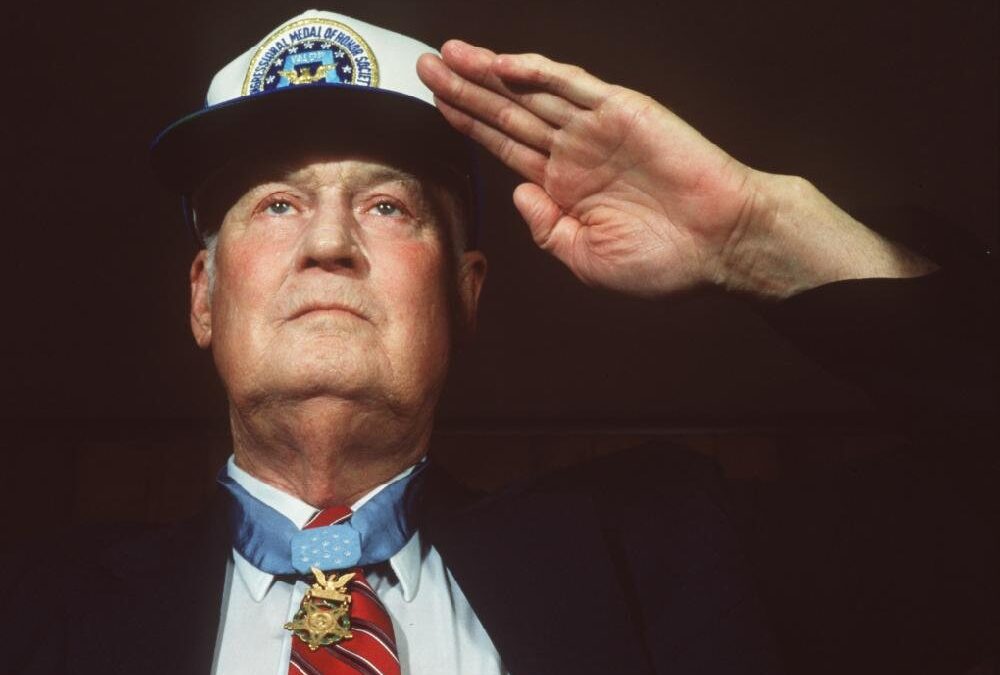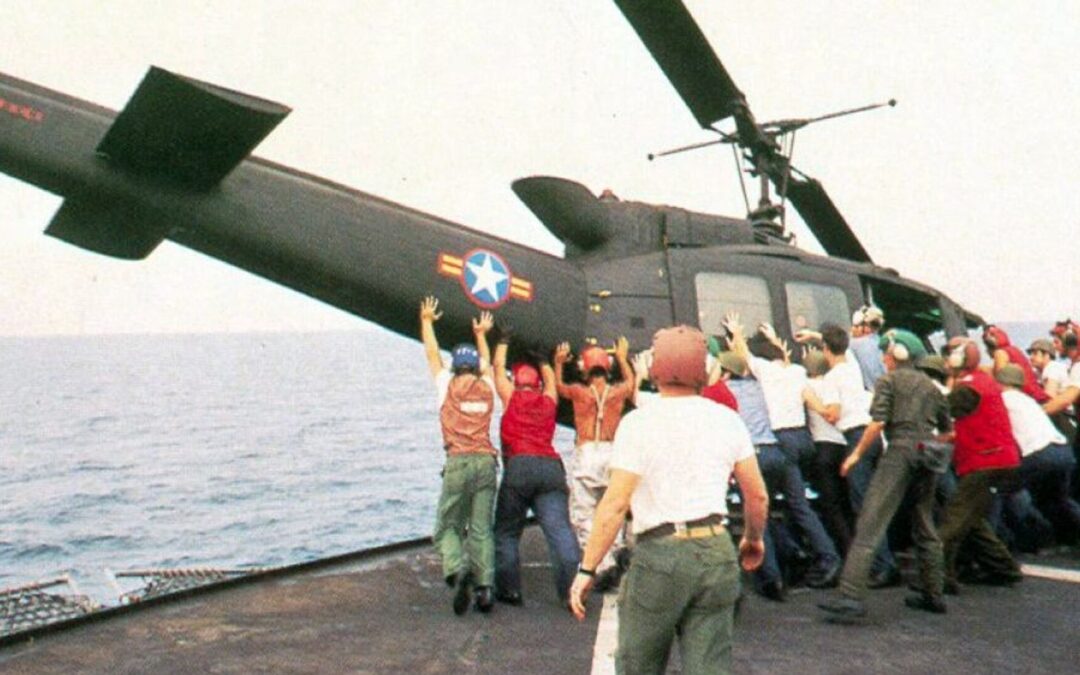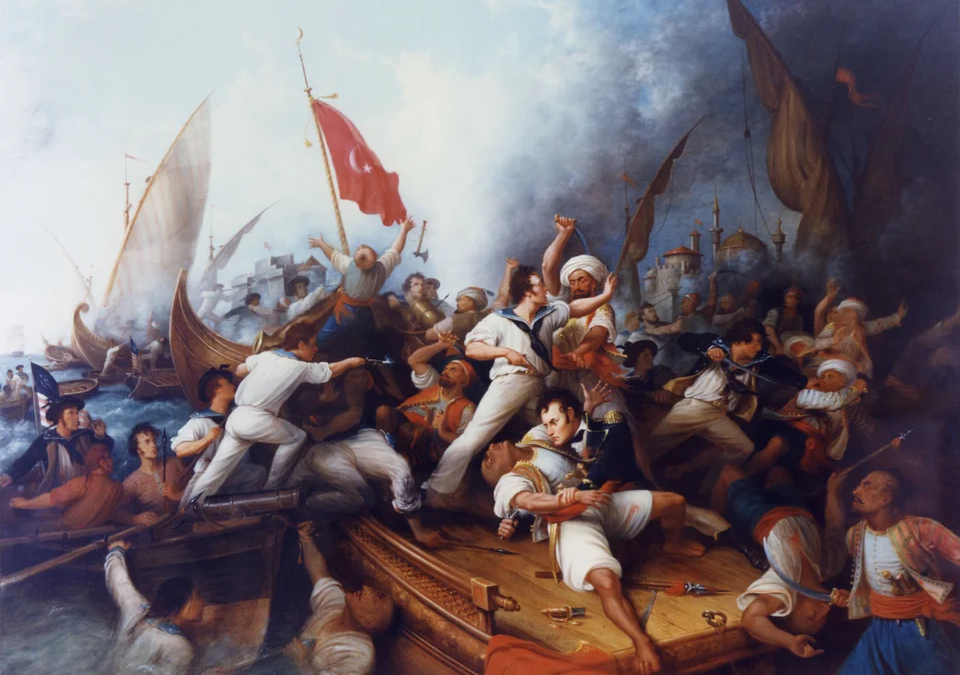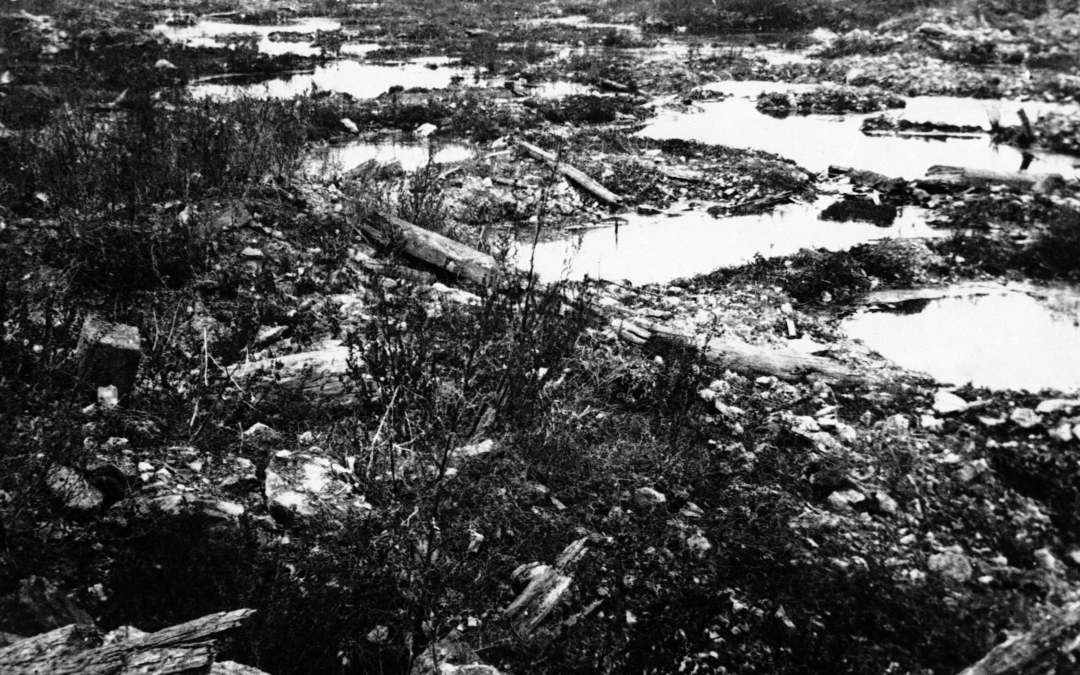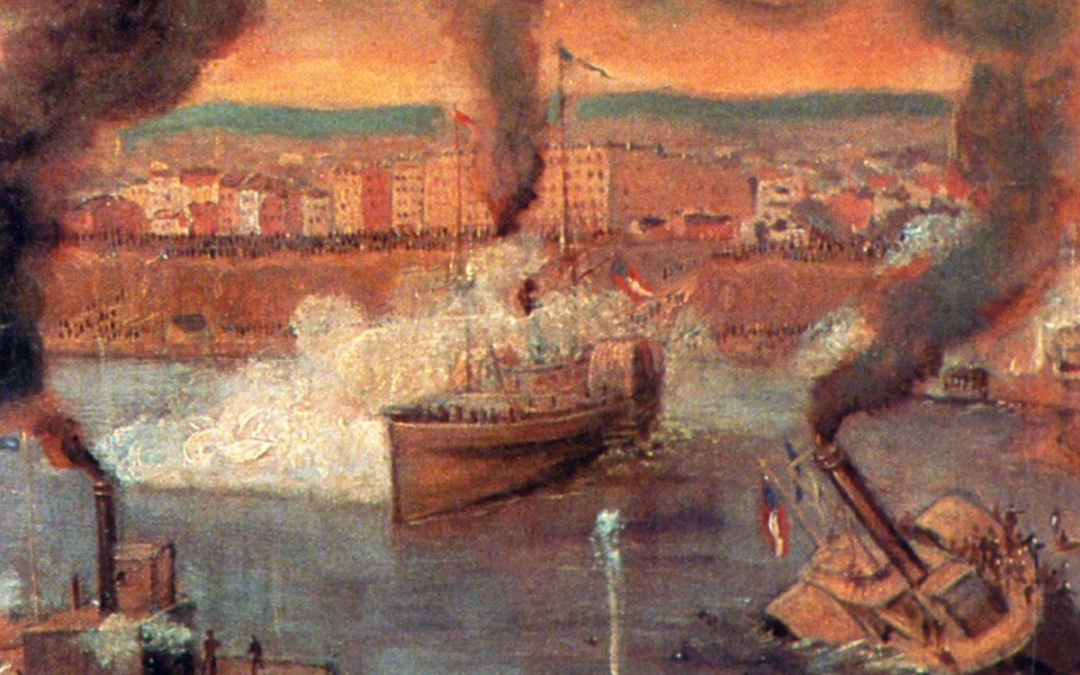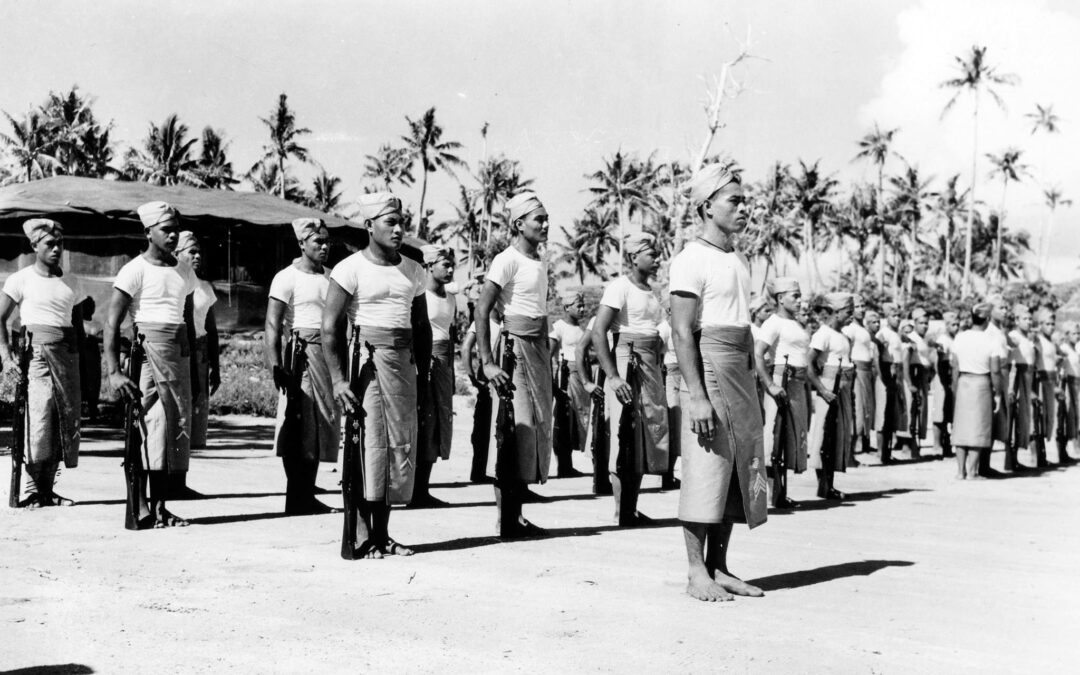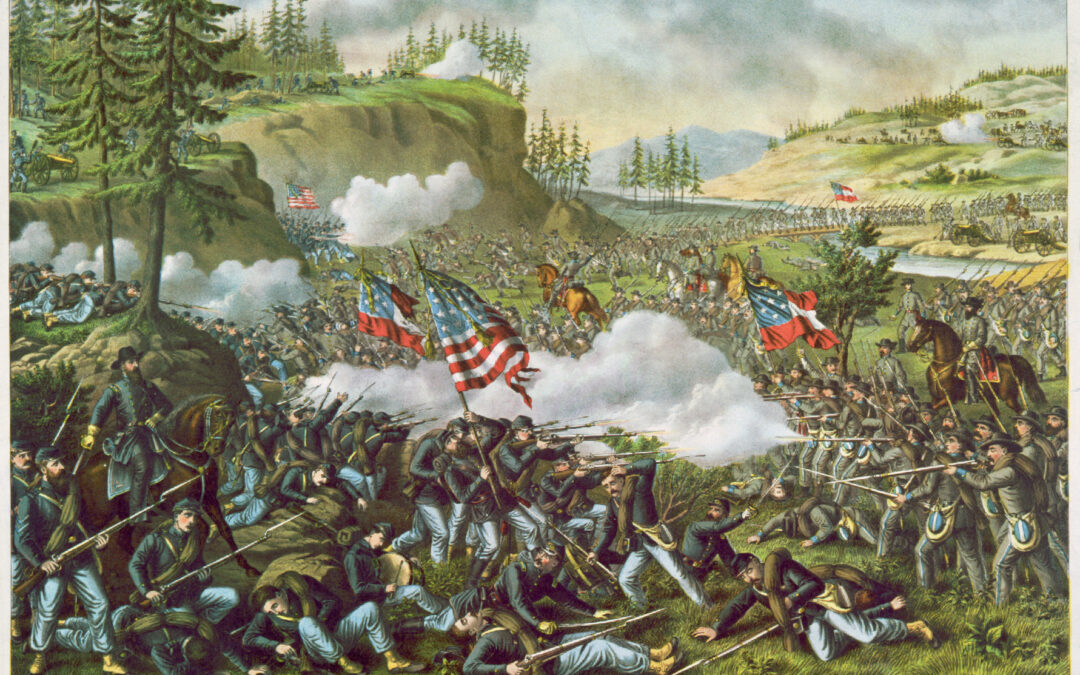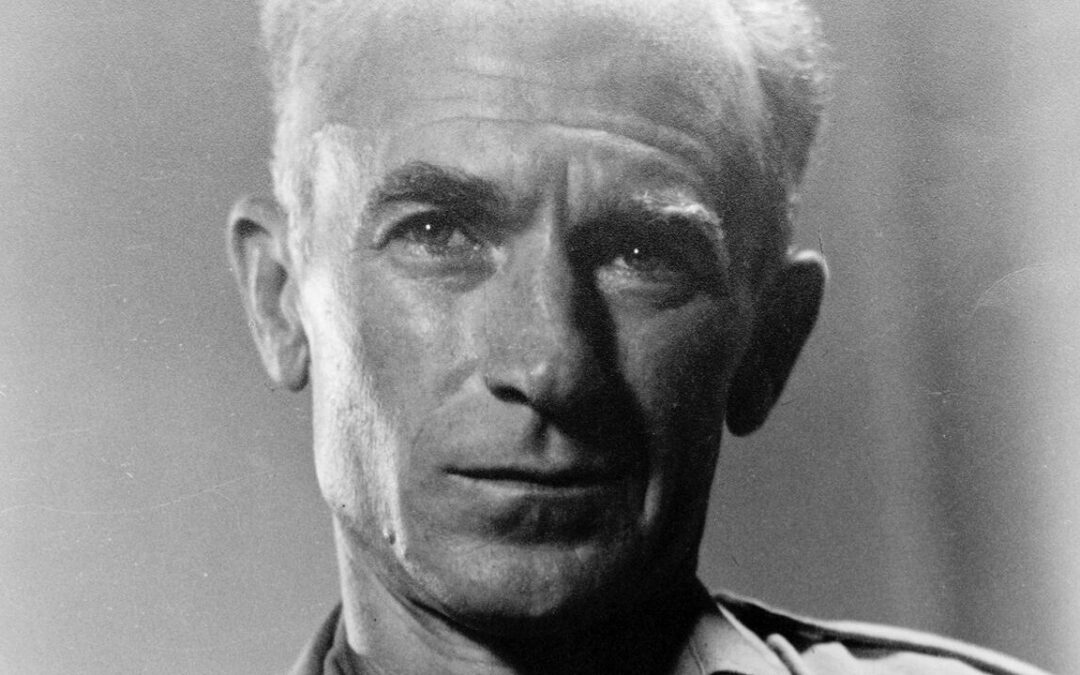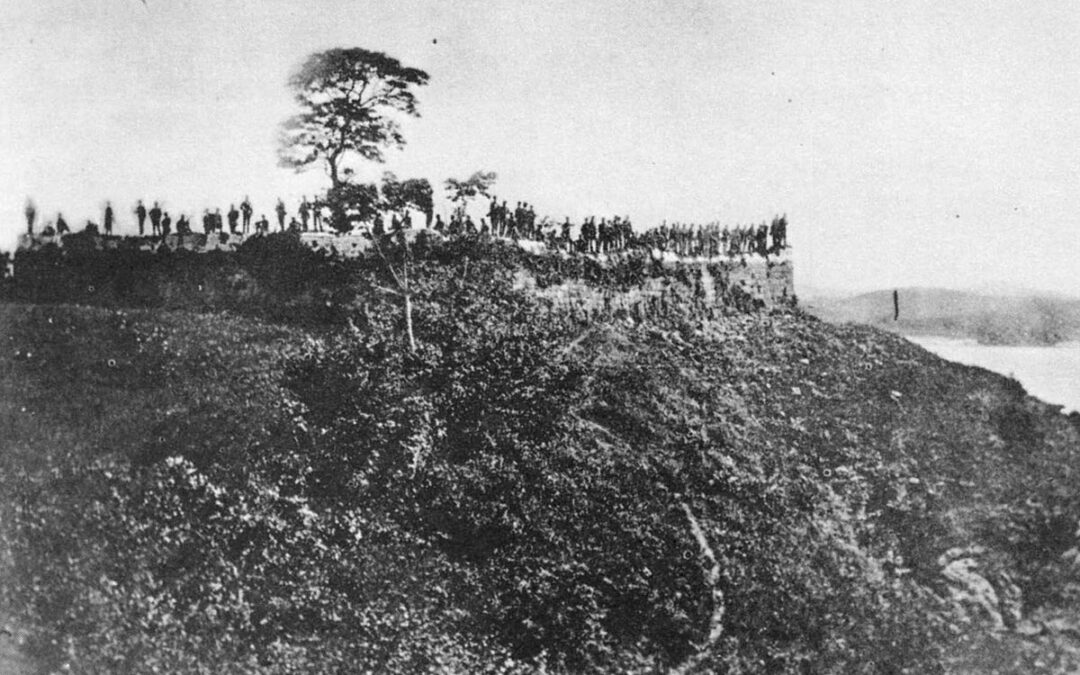American professional football player, Medal of Honor recipient of World War II, businessman, and Lieutenant Governor of Arkansas, Britt was a highly accomplished individual. Born June 29, 1919, he played for the Detroit Lions in 1941 and later served as the eleventh Lieutenant Governor of Arkansas during Governor Winthrop Rockefeller’s administration from 1967 to 1971.
